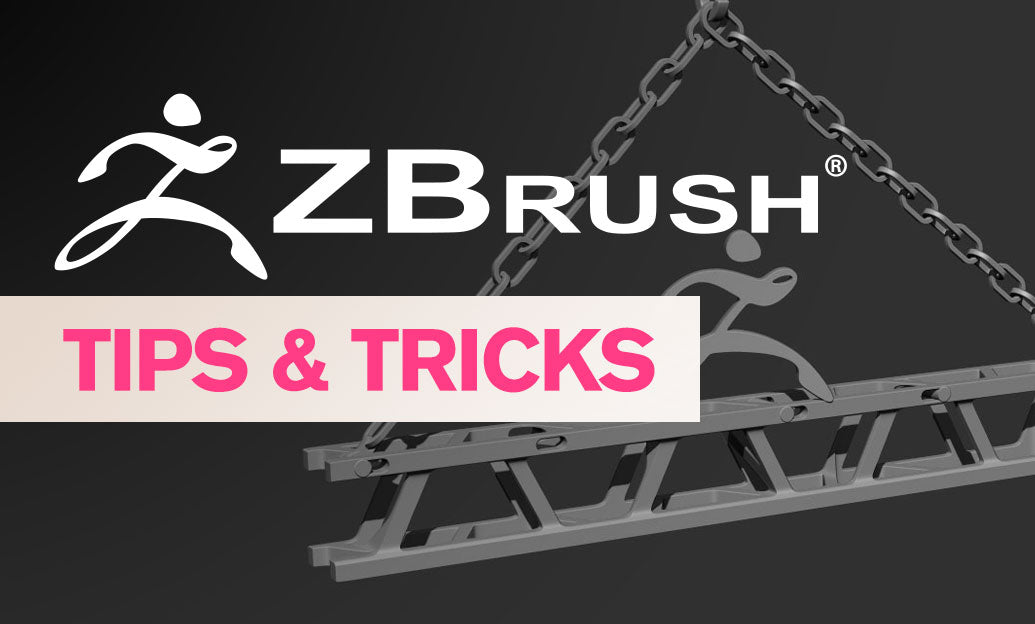Your Cart is Empty
Customer Testimonials
-
"Great customer service. The folks at Novedge were super helpful in navigating a somewhat complicated order including software upgrades and serial numbers in various stages of inactivity. They were friendly and helpful throughout the process.."
Ruben Ruckmark
"Quick & very helpful. We have been using Novedge for years and are very happy with their quick service when we need to make a purchase and excellent support resolving any issues."
Will Woodson
"Scott is the best. He reminds me about subscriptions dates, guides me in the correct direction for updates. He always responds promptly to me. He is literally the reason I continue to work with Novedge and will do so in the future."
Edward Mchugh
"Calvin Lok is “the man”. After my purchase of Sketchup 2021, he called me and provided step-by-step instructions to ease me through difficulties I was having with the setup of my new software."
Mike Borzage
Revit Tip: Best Practices for Efficient Space Tag Management in Revit
January 22, 2025 2 min read

Efficiently managing space tags in Revit enhances project accuracy and streamlines room scheduling. Here are key strategies to create and manage space tags effectively:
- Consistent Tagging Standards: Establish and adhere to standardized naming conventions for space tags. This ensures uniformity across the project and facilitates easier data management. Refer to NOVEDGE for templates and best practices.
- Utilize Shared Parameters: Implement shared parameters for space tags to consistently capture essential room data such as area, volume, and occupancy. Shared parameters allow for seamless data integration across different views and schedules.
- Leverage Filters and View Templates: Apply filters to control the visibility and appearance of space tags in various views. Combine this with view templates to maintain consistency and reduce repetitive setup tasks. NOVEDGE offers tutorials on optimizing view templates for space management.
- Automate Tagging with Dynamo: Use Dynamo scripts to automate the placement and updating of space tags. Automation reduces manual errors and ensures that tags reflect the latest model changes. Explore Dynamo resources on NOVEDGE to enhance your workflow.
- Integrate with Schedules: Link space tags to room schedules to dynamically display relevant information. This integration allows for real-time updates and accurate data representation, facilitating better decision-making and reporting.
- Customize Space Tag Families: Create custom space tag families to display specific information tailored to your project's needs. Custom families can include additional parameters or unique visual styles, enhancing clarity and functionality in your documentation.
- Coordinate with Other Disciplines: Ensure that space tags are coordinated with mechanical, electrical, and plumbing (MEP) systems. Proper coordination avoids overlapping elements and maintains the integrity of the model. Utilize collaboration tools available on NOVEDGE for effective interdisciplinary coordination.
- Regular Model Audits: Conduct regular audits of space tags to verify accuracy and consistency. Check for duplicate tags, missing information, and adherence to the established standards. Regular audits help maintain data integrity throughout the project lifecycle.
- Training and Resources: Invest in continuous training for your team to stay updated with the latest Revit features and best practices for space tagging. Platforms like NOVEDGE offer a wealth of resources, tutorials, and support to enhance your team's proficiency.
- Effective Use of Parameters: Optimize the use of Revit's parameters to capture detailed space information. Parameters such as fire rating, finish types, and accessibility features can be integrated into space tags to provide comprehensive room data.
- Backup and Version Control: Implement a robust backup and version control system to track changes to space tags and related data. This practice safeguards against data loss and allows you to revert to previous versions if necessary.
By implementing these best practices for creating and managing space tags in Revit, you can enhance the accuracy, efficiency, and overall quality of your building projects. For more advanced tips and resources, visit NOVEDGE.
You can find all the Revit products on the NOVEDGE web site at this page.
Also in Design News

Driving the Future: AI-Enhanced CAD for Automated Design Optimization
May 09, 2025 8 min read
Read More
ZBrush Tip: Maximize Your ZBrush Workflow with Advanced PolyPaint Techniques
May 09, 2025 2 min read
Read MoreSubscribe
Sign up to get the latest on sales, new releases and more …



